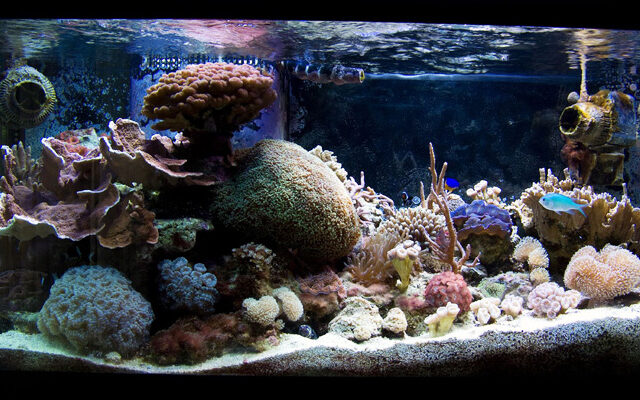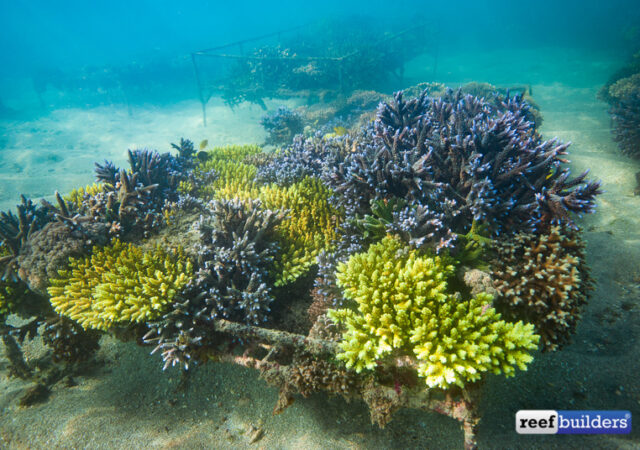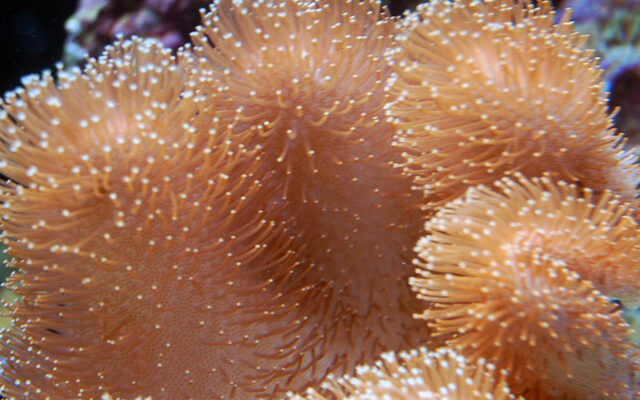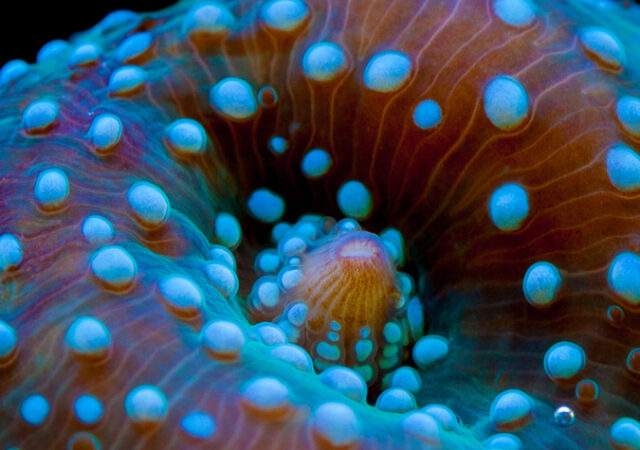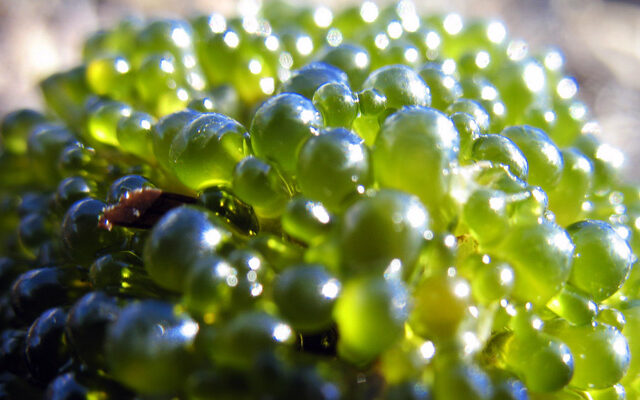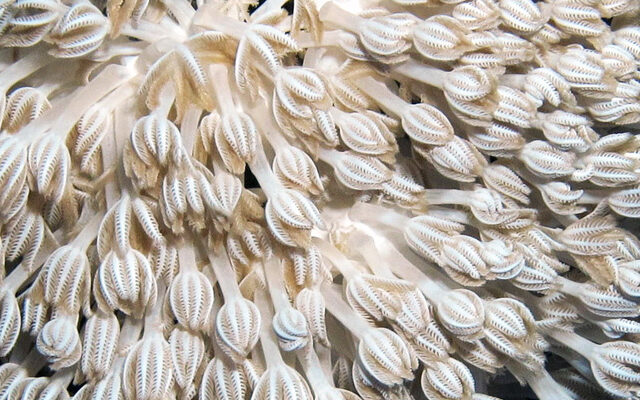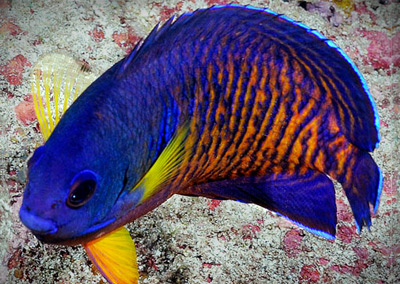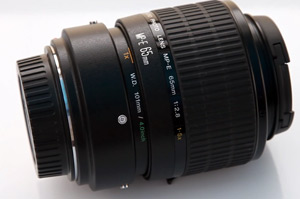Here at Saltwater Smarts, we often make the case that size matters when it comes to saltwater tanks. The bigger the tank, the better for a variety of reasons (though we can’t dispute that nano tanks offer certain advantages too).…
Reef-Friendly Resolutions for 2014
Happy New Year to all our salty friends around the world! Chris and I wish you and your loved ones the very best in 2014. We’d also like to express our sincere gratitude for the support you’ve given us since…
5 Common Reasons Leather Corals Refuse to Expand
The soft coral species commonly known as leather corals (various and sundry Sarcophyton, Lobophytum, Sinularia, and Alcyonium species among others) are often among the first invertebrates budding reef hobbyists select for their systems—and with good reason. The leather corals, so…
The Great Cleaner Wrasse and Cleaner Goby Throwdown!
Imagine you have your heart set on getting a cleaner fish for your marine aquarium so you can observe this iconic form of symbiosis right in your own home. Now imagine you’re in your local fish store looking at two…
Coral Eye Candy, Vol. 1
For the first installment of Coral Eye Candy, we bring to you some absolutely stunning macro and extreme macro photos. In addition, you’ll find brief care requirements if you’re interested in keeping anything shown below in your reef aquarium. Enjoy!…
End the Toil and Trouble of Bubble Algae
“Bubble, bubble, toil and trouble” could be the lament of any marine aquarium hobbyist battling a stubborn outbreak of green bubble algae. (Okay, “Double, double toil and trouble,” is the actual incantation from Shakespeare’s Macbeth, but I digress.) Green bubble…
Why Did My Pulse Corals Stop Pulsing?
Pulse corals (e.g., Xenia and Heteroxenia spp.) are among the more enigmatic sessile invertebrates. Many hobbyists and non-hobbyists alike find their rhythmic, hypnotic pulsing behavior fascinating and relaxing to observe, but precisely why they pulse the way they do has…
Keeping the Aptly Named Coral Beauty Angelfish
If you have a real yen for marine angelfishes but lack the tank space to accommodate one of the large iconic species, such as the queen angel (Holacanthus ciliaris) or French angel (Pomacanthus paru), you’ll be pleased to know that…
How to: Take Extreme Macro Coral Photos
Much of what we do revolves around our ability to take nice looking photos and videos. Every now and again, we are lucky enough to pick up a new piece of equipment that allows us to shoot from a truly…
Don’t Contaminate Your Saltwater Aquarium!
When we think about toxins in a marine aquarium, the first thing that usually comes to mind is ammonia or a toxic allelopathic chemical released by a coral—in other words, a biologically produced toxin originating in the tank itself. But…


